The Troubled Journey of Major Hasan
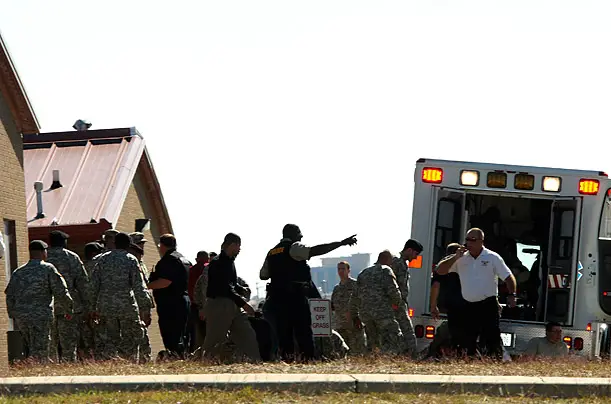
Fort Hood's
Fatal Afternoon
At 1:30 p.m. on Nov. 5, 2009, a man in military uniform enters one
of the buildings making up the Soldier Readiness Processing Center,
where hundreds of soldiers headed for Afghanistan are lined up for
medical screening. Shouting "God is great" in Arabic, the man opens
fire with what is believed to be an FN Herstal tactical pistol, a
weapon popular with SWAT teams. Thirteen people are killed,
including a woman who was three months pregnant. Walking between
buildings, the assailant runs into civilian police officer Kimberley
Munley and shoots her several times. As the gunman reloads, he is
shot by her colleague Sergeant Mark Todd, who then cuffs him. The
Texas base is in confusion for hours.
(Jeramie Sivley - U.S. Army)
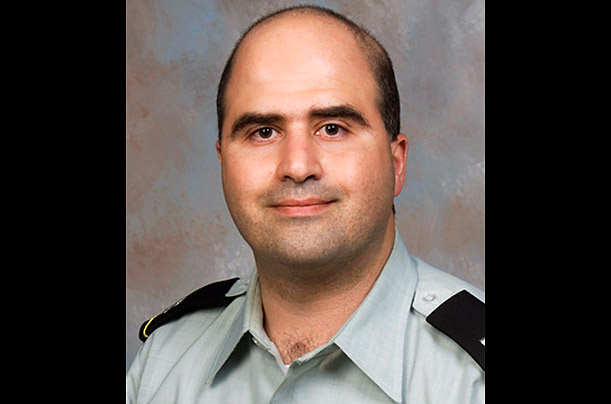
Who Is Nidal
Malik Hasan?
The alleged gunman is identified as Major Nidal Malik Hasan, 39, an
Army psychiatrist. Beginning the day before the massacre, Hasan
allegedly gave away all his possessions, including a desk lamp, air
mattress, frozen vegetables and copies of the Koran. He told his
imam that he was planning to visit his parents before deploying to
Afghanistan. His mother and father, however, had been dead for
nearly a decade.

Down Home in
Virginia
Hasan's parents were Palestinians who moved to the U.S. to escape
the turmoil of the West Bank in the 1960s. Nidal, the eldest of
their three sons, was born and raised in Virginia. The family used
to own the convenience store above and ran two restaurants in
Roanoke.
(Hector Emanuel / Metro collective for Time)
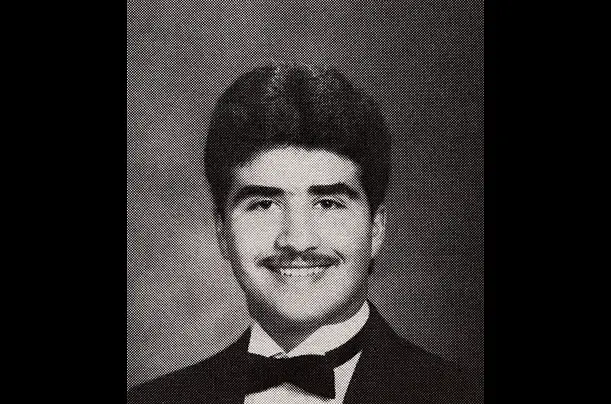
An American
Life
The suspect, shown here in his Roanoke high school senior yearbook,
was not a devout Muslim growing up. Indeed, he seemed to be
fanatical only about the Washington Redskins. Against his parents'
advice, and perhaps because the military would pay for college, he
enlisted in the Army after graduating from Roanoke's William Fleming
High School. As he grew older and meandered into military and
medical careers, he became more devout — and apparently more than
partial to a radical religiosity.
(Eric Brady / The Roanoke Times)
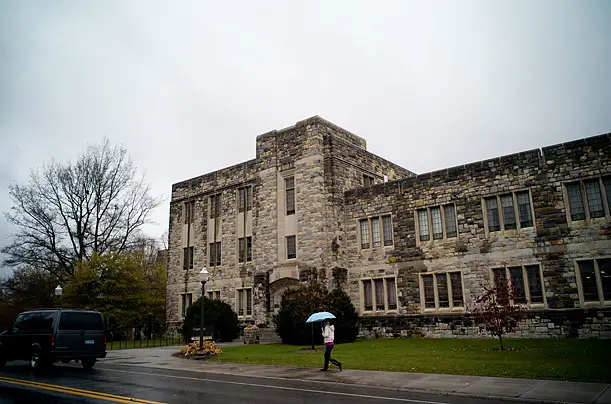
Choosing
Medicine and the Army
In 1995 Hasan graduated with honors from Virginia Tech, above, with
a degree in biochemistry. He quickly enlisted in the Army and was
commissioned an officer two years later. He would receive his
training as a doctor at the tuition-free Uniformed Services
University of Health Sciences in Bethesda, Md., from which he
graduated in 2003.
(Hector Emanuel / Metro collective for Time)
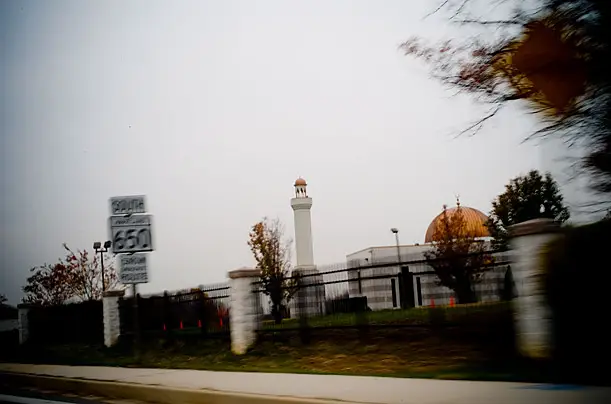
Born-Again
Muslim
In Maryland, Hasan regularly attended prayers at the Muslim
Community Center in Silver Spring, where he helped at its homeless
shelter. He applied to its matchmaking service to try to find
himself a wife. In the application, he described himself as "quiet
and reserved until more familiar with person. Funny, caring and
personable." After his parents died, Hasan became even more devout.
Three events occurred at about the same time: 9/11, the war in
Afghanistan and the invasion of Iraq. It was roughly around this
period that Hasan may have become acquainted with the charismatic
Islamic cleric Anwar al-Awlaki.
(Hector Emanuel / Metro collective for Time)
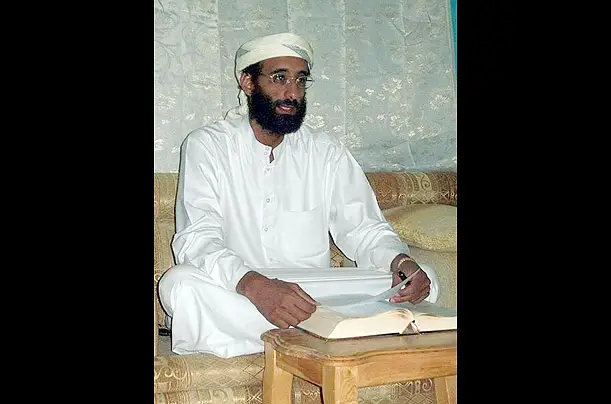
Preacher and
Provocateur
Al-Awlaki, born in New Mexico to Yemeni immigrant parents, presided
over the Dar al-Hijrah mosque in Falls Church, Va., until about
2002. Hasan may have attended the mosque while he was in medical
training. While his preaching sounded tame, al-Awlaki met with two
of the 9/11 hijackers at his previous mosque in San Diego, and in
April 2001, two of the 9/11 hijackers worshipped at his Virginia
mosque. When Hasan's mother died in May 2001, her funeral was held
there as well (his father had died in 1998). In 2002 al-Awlaki left
the U.S., eventually moving to Yemen, where he runs a website that
includes radical Islamists among its audience. The FBI has found a
set of e-mails between al-Awlaki and Hasan from the end of 2008,
apparently all of theological and pious natures.
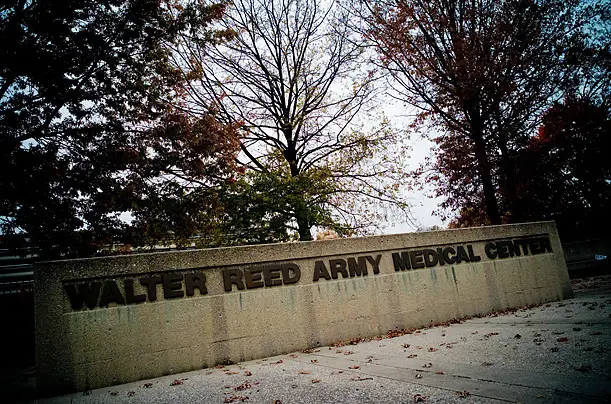
Interning at
Walter Reed
While training to be a doctor, Hasan reportedly opted for psychiatry
after he fainted while witnessing a childbirth. He began interning
at Walter Reed Army Medical Center in 2003. An officer who trained
at about the same time remembers Hasan as being very vocal about
being "a Muslim first and holding Shari'a law above the Constitution."
Hasan once tried to preach against the "U.S. war against Islam"
during a class on environmental health. He was also said to have
been reprimanded for trying to convert patients to Islam. He argued
for the right of Muslims to conscientiously object to fighting in
predominantly Islamic countries like Iraq and Afghanistan.
(Hector Emanuel / Metro collective for Time)
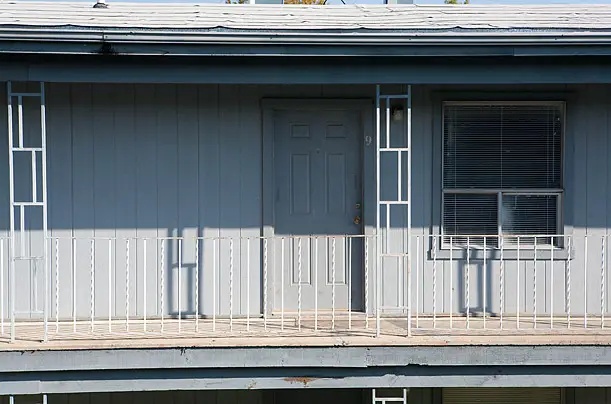
The Texas
Transfer
Hasan's behavior at Walter Reed reportedly worried some of his
colleagues and superiors enough for them to wonder if he was
psychotic and capable of serving in war zones. Nevertheless, he was
promoted from captain to Army major in April 2008. It appears that
his superiors at Walter Reed put off taking any action against him
because Hasan was scheduled for transfer in the summer of 2009 to
Fort Hood, Texas. There, he would live in Apartment 9 in the Casa de
la Norte complex, above, in nearby Killeen. Shortly before his
transfer, authorities discovered a Web posting by "NidalHasan" that
compared suicide bombers with soldiers who throw themselves on
grenades to save their colleagues. Relatives said Hasan was
terrified of being sent to fight in Afghanistan or Iraq but had
given up seeking an exemption.
(Erin Trieb)

Shopping on
the Day of the Shooting
With a taqiyah capping his
head and dressed in a long, Mideast-style tunic, Hasan was caught on
the security monitor of a convenience store on the morning of Nov.
5. Hours later, there would be carnage in Fort Hood, and Hasan would
be accused of one of the worst mass killings ever perpetrated at a
U.S. military facility. After the news broke, al-Awkali released a
statement cheering Hasan's apparent actions: "He is a man of
conscience who could not bear living the contradiction of being a
Muslim and serving in an army that is fighting against his own
people."
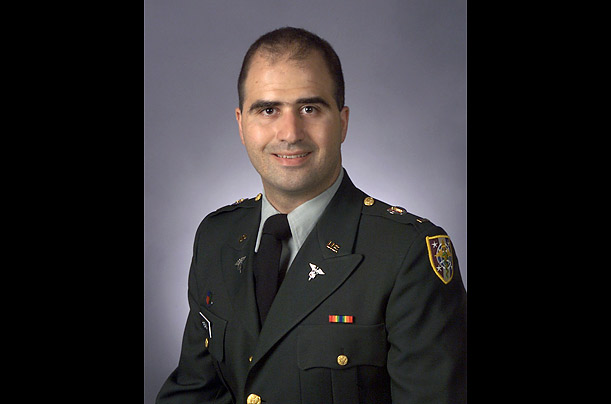
Heading for
Court-Martial
As he recuperates from his wounds, Hasan faces the relatively speedy
court-martial process, which may see him on trial as early as 120
days after his being charged. In the meantime, investigators will
plow through what he has not destroyed of his belongings for clues
to his actions. He shredded many of his documents but left a few
enigmatic trinkets: a guide to Islamic interpretation of dreams ("a
mouse could be interpreted as a shameless and licentious woman ...")
and bottles of medication, including a 2001 prescription for
Combivir, a drug that could reduce risk of HIV-infection 79% for
health care workers exposed to blood or fluid that might contain the
virus.
Time.com

An undated photo shows a young Nidal Hasan.
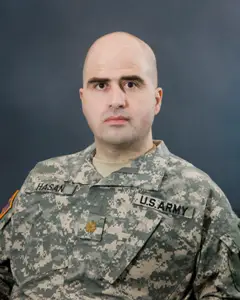
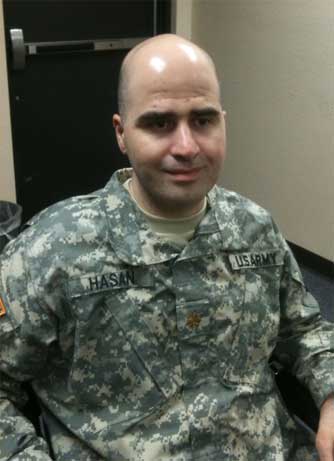
Photographs of Maj. Nidal Hasan taken by defense attorney John
Galligan with his cell phone.
Courtesy photo.
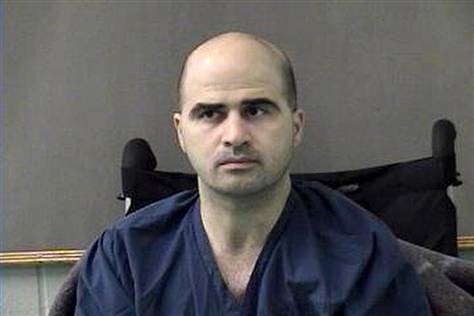
In this photo released by the Bell County
Sheriffs Department, U.S. Major Nidal Hasan is shown after
being moved from Brooke Army Medical Center in San Antonio to the
Bell County Jail in Belton,
Texas on Friday April 9, 2010. Hasan had been at the military
hospital since shortly after a
Nov. 5 shooting spree at Fort Hood which left him paralyzed. He is
charged with 13 counts
of premeditated murder and 32 counts of attempted premeditated
murder.















